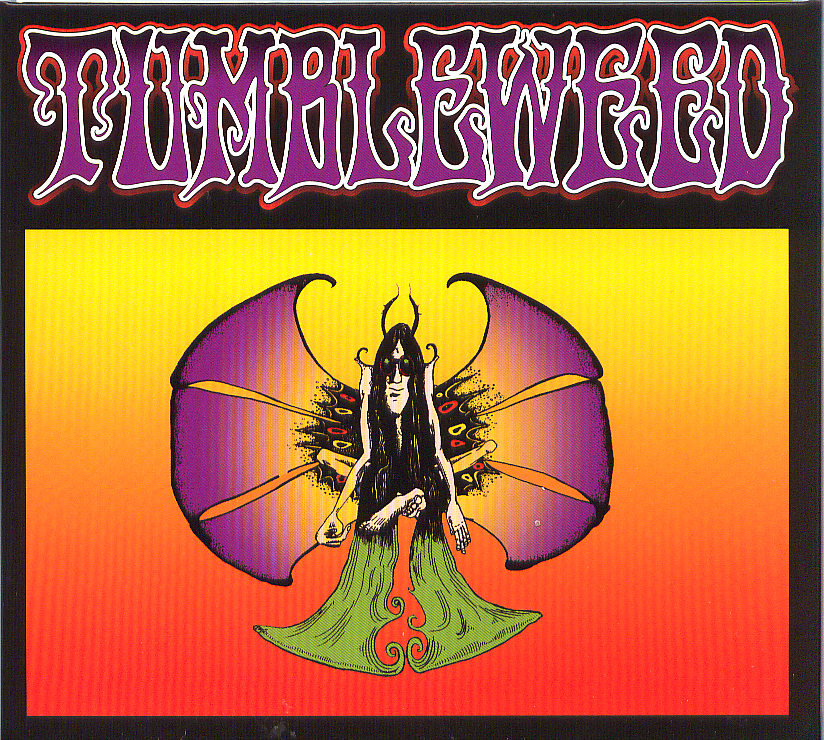The new play by Robert Reid is a darkly funny tale about inner-city hipsterdom and its drawbacks – namely when traits of apathy and irony contribute to national scandal. The premise is that the lead character becomes associated with an image of child pornography, says Watson. “We’ve talked quite a lot in rehearsal about what is his crime essentially, and possibly his crime is passivity,” she says, “his refusal to take any action or make any decision. And I do think in some ways that’s the criticism being made of us laconic Melburnians.”
The play uses the furore surrounding an artistically created ‘pornographic’ image of a child, which became national news, as its inspiration. In 2008, contemporary photographer Bill Henson, recognised for his painterly depictions of metamorphosis, was preparing for a show at Roslyn Oxley9 Gallery in Sydney. But before it could open, eight individual complaints were made to police about a photograph of a nude 13-year-old girl. Some were seized.
“I was in Belgium at the time and it made papers there,” says Claire. “I’d always been a big fan of Henson’s work, and one of my prized possessions is a copy of his book that has some of the images that were in that exhibition.” As a member of the artistic community and with strong familial ties to art, the director says she was shocked by the witch-hunt, a trial by fire if you will, that Henson received from the media.
“People are absolutely welcome to opinion, I think open debate is important, and it’s wonderful to have critiques occurring all the time but there were certain people that brought themselves into the debate that both had too much weight and not necessarily enough cultural knowledge. I guess – our Prime Minister…” she trails off sheepishly, referring to Rudd’s appearance on a certain morning show to discuss the issue. “I mean – why!” she emits with eloquent exasperation.
She found most of the international coverage of the incident bathed in ridicule of the backwater which demonised one of the world’s biggest names in art. But here the scandal was proliferated earnestly in almost all media outlets, the incident a growing beast that made all of us question where our loyalties and sensibilities lay. This, she says, is what was ‘monstrous’ about the debacle, as the play examines. “Essentially the media is the monster, and all of the characters, who create the stories and create the narratives, are monstrous in their own ways. And we are too. Hopefully we’re placing the audience in a position where they have to question their own responsibility.”
The main character, Ben, finds himself in possession of an image which is seen as child pornography, and On The Production Of Monsters just looks at how he’s then vilified for it. Even if he’s proven not to have been aroused by this image, says Watson, or that he’s mistakenly in receipt of this image, the fact that his name has been associated with the word pedophile is indelible. Starring Virginia Gay and James Saunders, the “two-hander” play means the two actors are filling the roles of up to nine characters. And it looks into our national values with a smirk. “The piece itself is very fast, quite wickedly funny,” she says. “I think that’s why the genius is keeping it light, because in some ways it can be so didactic. What he’s doing in the text is offering us a whole lot of mini scenes and placing them next to each other. The audience then have to make the connections themselves as to – not what the story is, but the message. Ideally it opens up a number of conversations, and sends people out into the foyer having some pretty interesting discussions over a glass of wine.”
What theatre-goers might get the most out of – or be the most startled by – is that we’re up there. The playwright and indeed the director have seamlessly injected an experience that is uniquely of this city, what Watson sees as “a bit of a love song to Melbourne.”
“But it’s a love song to Melbourne by a Melburnian, and we are so retro-ironic. Everything we tend to do culturally is so tongue-in-cheek, and the fact that we go and get a coffee at a place where they’re also a cobbler – there’s something gorgeously hysterical, and sweet, and super cool about Melburnians that we are very fond of. I feel as though the play itself is a bit of a love song to Melbourne in that way. While it’s extremely fond [of the city], it’s also hanging shit.”
BY BELLA ARNOTT-HOARE







